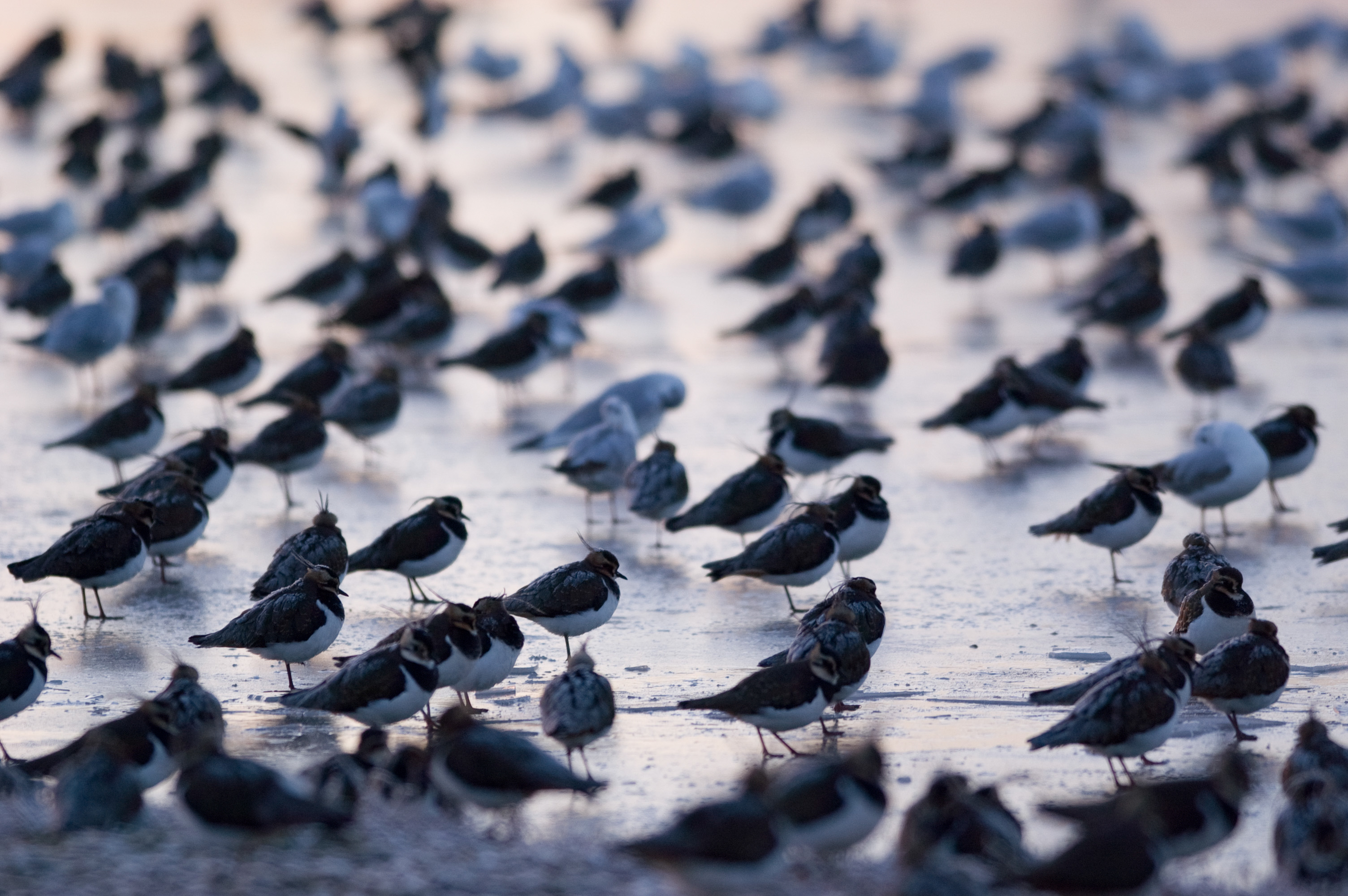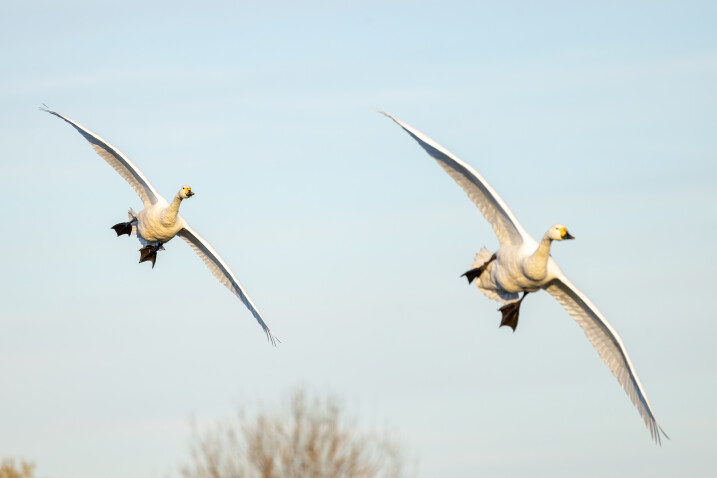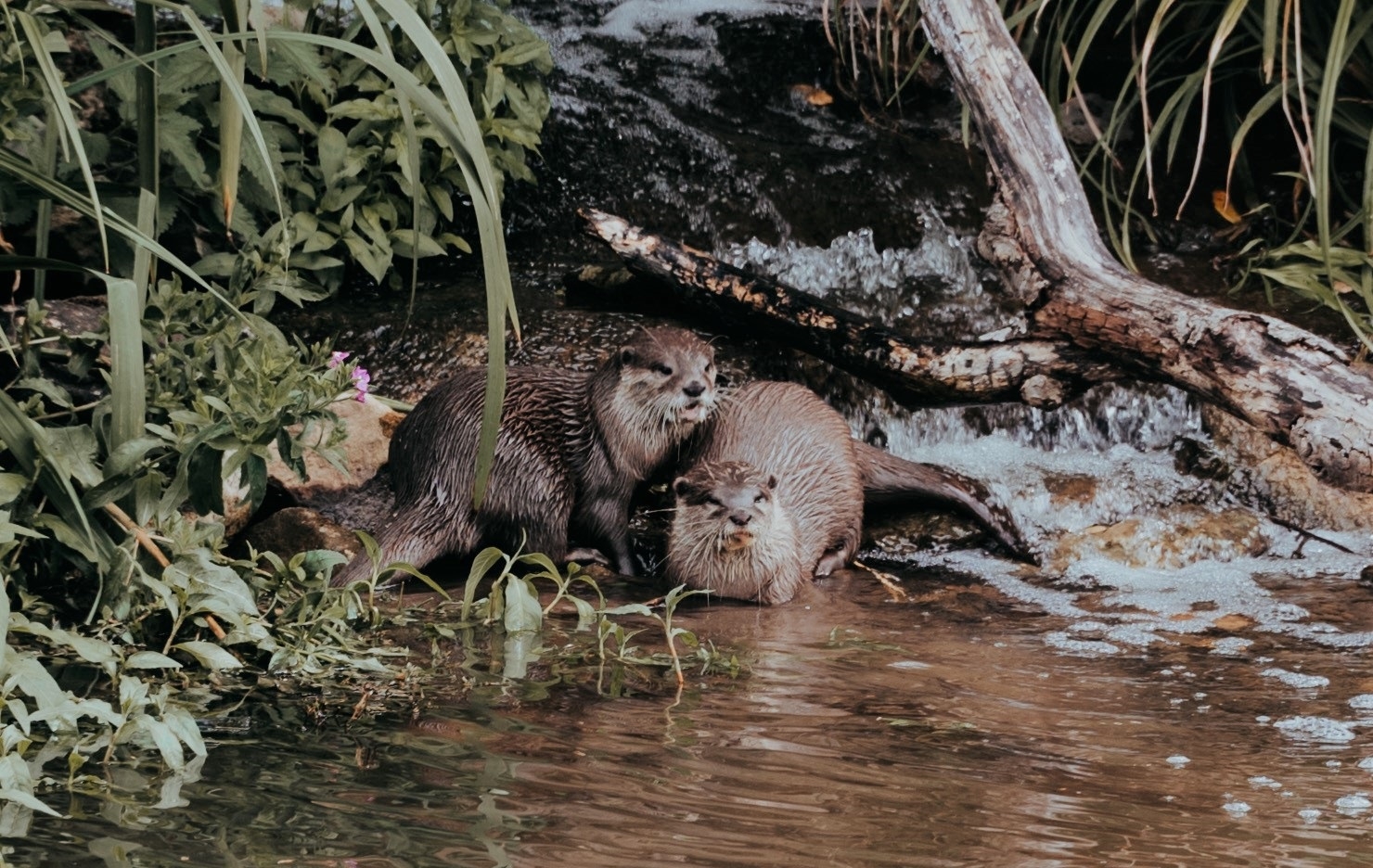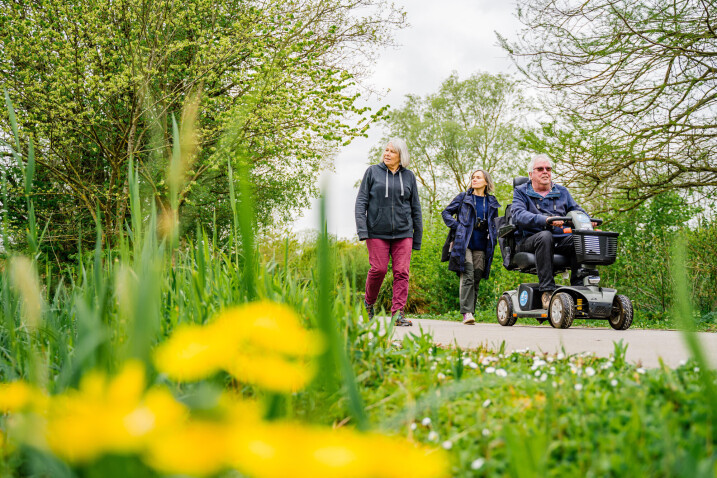Nesting news
Spring has well and truly sprung at WWT Slimbridge. Species are so impressed by the weather that some very early clutches are being lovingly created in the undergrowth here there and everywhere. The African Yellowbills started the early egg trend on the 30th March, sitting down on a clutch of 7 lovely eggs before I was even really back to work from Madagascar! As the species becomes more and more endangered in the wild through hybridisation with the common Mallard, it becomes even more important for us to represent them within the collection. With 6 ducklings already hatched, an unknown clutch under mum and a surrogate clutch of 7, 2010 looks set to be (or at least early on) the year of the African Yellowbill.
Our naughty little Laysan teal are laying also but I am currently foxed as to entirely where! She has made several little bowl scrapes in the pen but as yet none of the ones I have discovered have contained anything. I can only assume she is on the offensive in order to distract me! As heavy as she is with eggs she must have laid several by now... They are also a species with which WWT has a vested interest. WWT's Nigel Jarrett once went out to Midway Atoll to help with the introduction project there. It is a species that with WWT's 60+ year memory that has increased from the low 40's to 700+! As individuals they have exceptional character and are a great favourite with families as they run squabbling around push-chairs and eating out of your hand. With a modest 6 bred in 2010 it would be refreshing to improve on that in 2011.
Lastly the little Red Argentine Shoveler has made a lovely nest in her breeding area. With our aging flock in the South American beginning to look a little silver-feathered around the edges, I would love to bolster our numbers with some young blood. Her partner is very spirited in his defence strategy and I hold high hopes for a fertile brood. They are a species at Slimbridge that without a story of struggle and disappearance of any sort, kind of get lost amongst the rabble. Please hunt them out however; because with their delicate cinnamon and black polka dots and pale sky-blue eye, they are in my opinion one of the most beautiful birds we keep!
Other species looking hot are the Ashy-headed geese, Black Brant goose, Hooded Merganser and South Georgian Pintail. Keep tuned!



